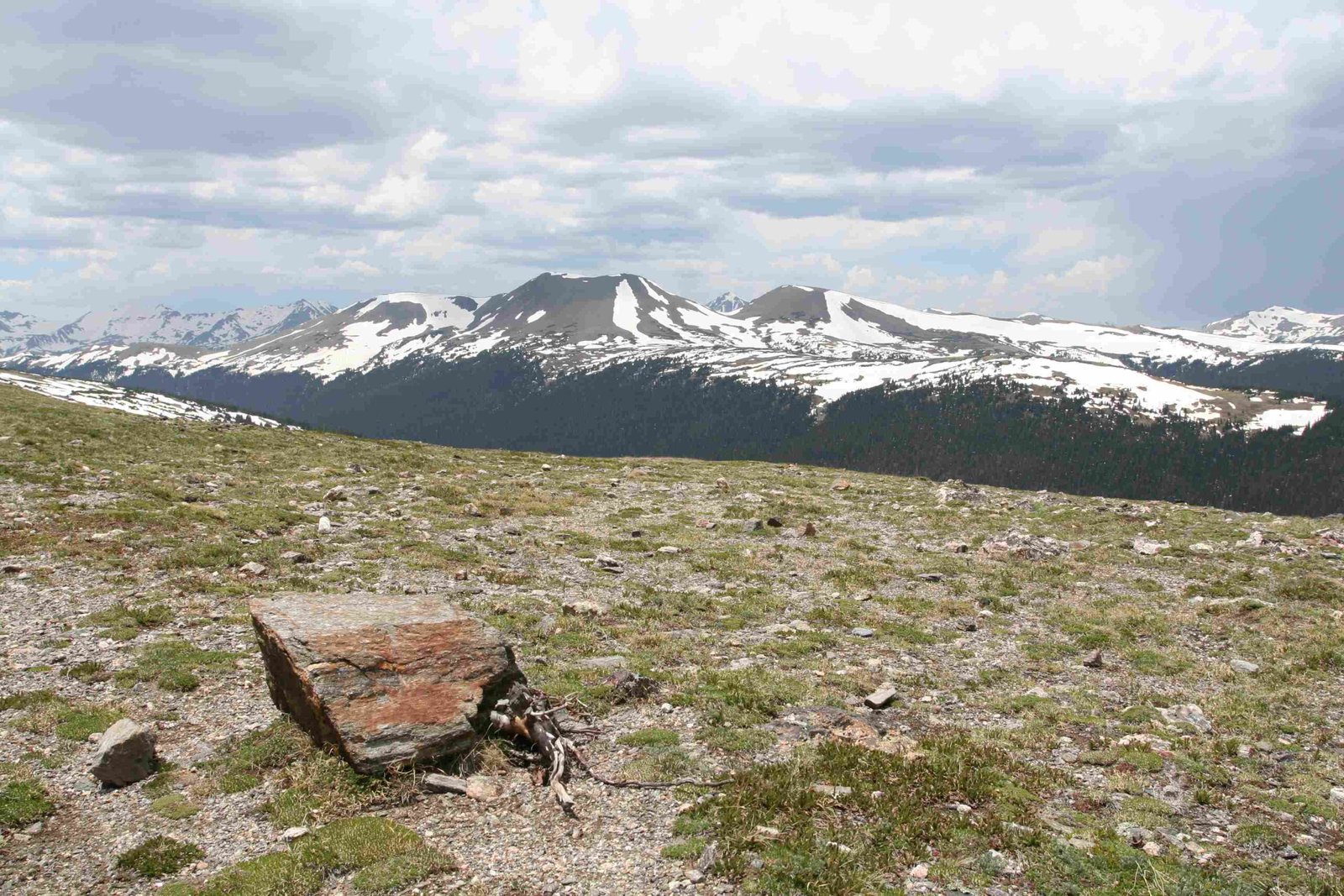Rocky Mountain National Park is renowned for its stunning alpine flower displays. The park’s diverse ecosystems, ranging from montane to alpine tundra, support a rich variety of wildflowers. These delicate blooms adapt to harsh conditions, creating vibrant carpets of color during the short growing season. Visitors can explore numerous trails and viewpoints to witness this spectacular natural phenomenon, while conservation efforts ensure the preservation of these fragile alpine environments for future generations.
What are the Most Common Alpine Flowers in Rocky Mountain National Park?

Rocky Mountain National Park boasts a diverse array of alpine flowers, each adapted to the harsh high-altitude environment. Here are some of the most common species you’re likely to encounter:
- Old Man of the Mountain (Hymenoxys grandiflora)
- Alpine Avens (Geum rossii)
- Heart-Leaved Arnica (Arnica cordifolia)
- Rocky Mountain Columbine (Aquilegia coerulea)
- Western Yellow Paintbrush (Castilleja occidentalis)
- Snow Buttercup (Ranunculus nivalis)
Identification Characteristics
To help you identify these beautiful alpine flowers, here’s a table with key characteristics:
| Flower Name | Color | Unique Features | Habitat |
|---|---|---|---|
| Old Man of the Mountain | Yellow | Large flower heads (2-3 inches) facing east | Alpine tundra |
| Alpine Avens | Yellow | Saucer-shaped flowers, compound dark green leaves | Alpine tundra |
| Heart-Leaved Arnica | Deep yellow | 10-16 rays surrounding disc flowers | Montane to subalpine zones |
| Rocky Mountain Columbine | Blue and white | Distinctive spurs | Subalpine and alpine zones |
| Western Yellow Paintbrush | Yellow | Bracts with tiny greenish flowers hidden within | Alpine meadows |
| Snow Buttercup | Bright yellow | Deeply cut narrow lobes on leaves | Near melting snowdrifts |
When is the Best Time to See Alpine Flowers in Rocky Mountain National Park?

The blooming season for alpine flowers in Rocky Mountain National Park is relatively short due to the harsh mountain environment. However, with proper timing, you can witness spectacular displays of color across the park’s diverse landscapes.
Peak Blooming Periods
- Early Spring to Mid-Summer: As soon as the snow begins to melt, many wildflowers start to bloom. This period typically marks the beginning of the flowering season.
- Late May to Mid-July: This is when you’ll start seeing flowers like Golden Banner and Heart-Leaved Arnica in bloom.
- Mid-June to Late August: The peak blooming period for many alpine flowers, including Blanket Flower, Yellow Stonecrop, and Alpine Avens.
It’s important to note that the exact timing can vary from year to year depending on weather conditions and snowmelt patterns. Generally, mid-July to early August offers the best chance to see a wide variety of alpine flowers in bloom.
Where are the Best Spots to View Alpine Flowers in Rocky Mountain National Park?
Rocky Mountain National Park offers numerous locations to view alpine flowers, each with its own unique charm and accessibility. Here are some of the best spots:
- Alpine Visitor Center and Trail
- Elevation: 11,796 feet
- GPS: 40.4422° N, 105.6453° W
- Accessibility: Paved road and short, easy trails
-
Features: Easy access to alpine tundra and a variety of alpine flowers
-
Bear Lake Trail
- GPS: 40.3123° N, 105.6464° W
- Accessibility: Paved parking and well-maintained trails
-
Features: Access to subalpine and alpine zones with diverse flora
-
Trail Ridge Road
- GPS: Various points along the road
- Accessibility: Paved road with numerous pull-outs
- Features: Highest paved road in the U.S., offering access to alpine meadows
Tips for Viewing
- Start early in the day to avoid afternoon thunderstorms common in the mountains.
- Bring binoculars for close-up views without disturbing the delicate ecosystems.
- Wear layers, as mountain weather can change rapidly.
- Stay on designated trails to protect fragile alpine vegetation.
How Can Visitors Contribute to Alpine Flower Conservation in Rocky Mountain National Park?
Conservation of alpine flowers is crucial for maintaining the delicate balance of Rocky Mountain National Park’s ecosystems. Visitors can play a significant role in these efforts:
-
Stay on Designated Trails: This prevents habitat destruction and protects sensitive alpine ecosystems.
-
Do Not Pick Flowers: Leaving flowers in place ensures they can complete their life cycle and reproduce.
-
Report Invasive Species: Inform park rangers if you spot any non-native plants.
-
Participate in Citizen Science: Many parks offer opportunities for visitors to contribute to scientific studies and conservation efforts.
-
Practice Leave No Trace Principles: Pack out all trash and minimize your impact on the environment.
-
Educate Others: Share your knowledge about alpine flower conservation with fellow visitors.
By following these guidelines, visitors can help ensure that future generations will be able to enjoy the stunning alpine flower displays in Rocky Mountain National Park.
What Amenities are Available Near Alpine Flower Viewing Spots?
To enhance your alpine flower viewing experience, Rocky Mountain National Park offers various amenities and facilities:
Parking and Trail Information
- Alpine Visitor Center:
- Ample parking
- Easy access to short, paved trails
-
Longer, more challenging trails into the alpine tundra
-
Bear Lake Trailhead:
- Large parking area
-
Well-maintained trails with varying difficulties
-
Trail Ridge Road:
- Numerous pull-outs and parking areas
- Trails ranging from easy to challenging
Guided Tours and Educational Programs
The park offers various ranger-led programs, including:
- Wildflower identification walks
- Alpine ecosystem educational talks
- Junior Ranger programs focusing on park flora
Check the park’s official website or visitor centers for up-to-date schedules and availability of these programs.
Visitor Centers
Several visitor centers throughout the park provide:
- Information on current flower blooming conditions
- Maps and trail guides
- Educational exhibits on alpine ecosystems
- Restroom facilities
Remember to check current park conditions and any potential closures or restrictions before your visit to ensure the best possible experience viewing the alpine flowers of Rocky Mountain National Park.

